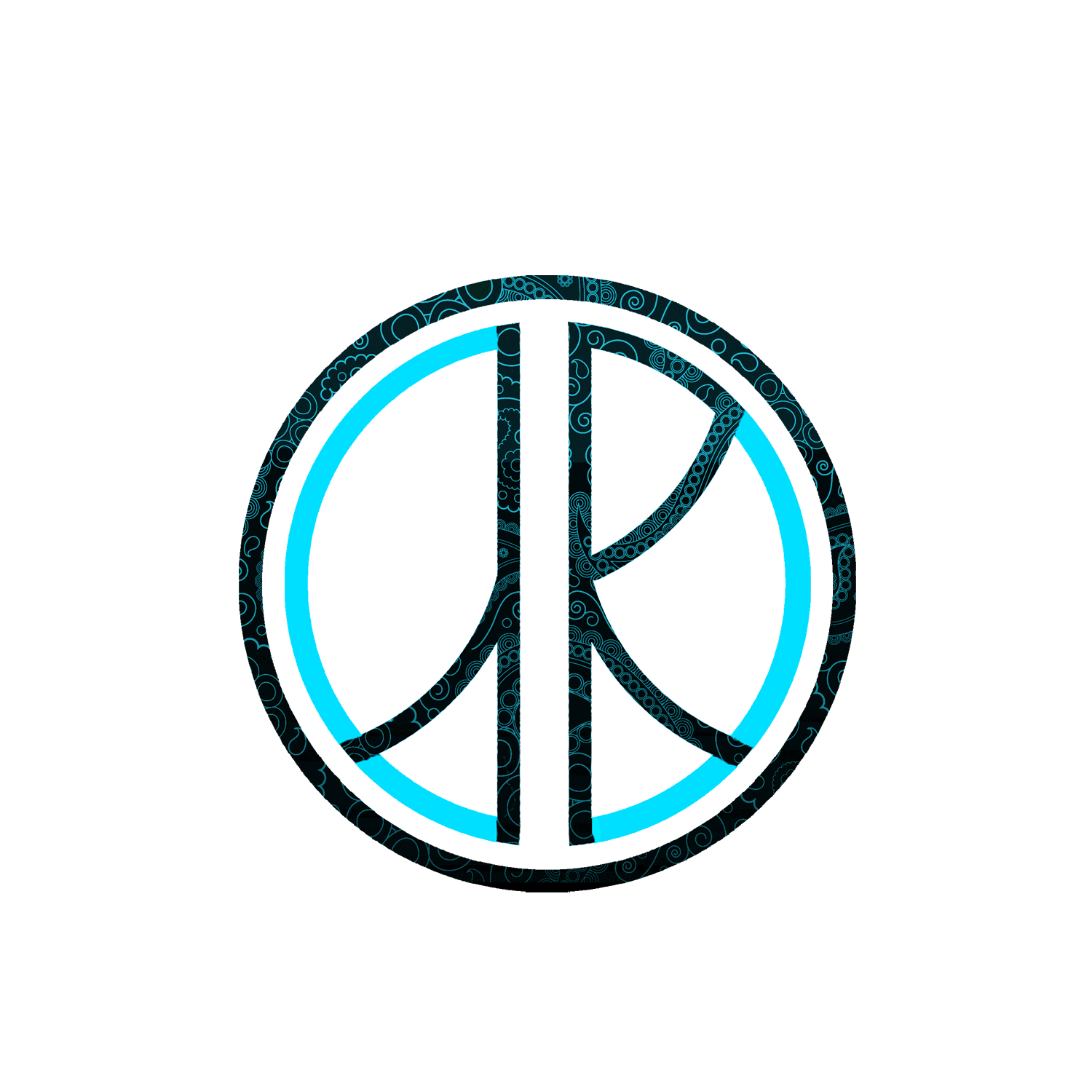Education:
- Doctor of Philosophy in Photonics Engineering
(Vrije Universiteit Brussel 2020–2024)- Thesis title: SERS-based Lab-on-a-Chip for Rapid Diagnostics and Antibiotic Susceptibility Testing
- Collaborated with Antwerp, Gent, and Brussels University Hospitals to integrate nanophotonics technologies into medical solutions
- Developed novel nanobiosensors for cell/macromolecule studies
- Master of Science in Photonics Engineering
(Vrije Universiteit Brussel and Ghent University 2018-2020)- Achieved “High honors” overall GPA of 16.2/20
- Did an exchange program specializing in Biophotonics at Lund University
- Did an internship in medical imaging at Strasbourg University, Institute Surgery Guided Par L’image
- Bachelor of Science in Physics
(Shiraz University 2013-2018)- Ranked 5th in Photonics Entrance Exam 2018
Current Group: B-PHOT Biophotonics Team
I am a part of Brussels Photonics team’s Biophotonics group, led by Prof. Heidi Ottevaere and Prof. Wendy Meulebroeck. Its 20 members focus on a variety of technologies such as nanophotonics, spectroscopy, microfluidics, fluorescence, and plasmonics. These tools are applied to bacterial infections, hemoglobinopathies, environmental safety, food safety, etc.

Current research topic:
SERS-based Lab-on-a-Chip for Rapid Diagnostics and Antibiotic Susceptibility Testing
Ph.D. Thesis @ Vrije Universiteit Brussel’s Brussels Photonics Team
2020-2024
Supervisors: Prof. Heidi Ottevaere, Prof. Wendy Meulebroeck, Dr. Qing Liu
To combat bacterial infections, identifying bacteria and prescribing appropriate antibiotics are crucial initial steps. Traditional methods like PCR assays, culture-based techniques, and MALDI-TOF-MS are used for identification, but none fit the screening requirements of antibiotic susceptibility testing (AST). Furthermore, bacterial identification and screening still rely on time-consuming cultivation steps.
Surface-Enhanced Raman spectroscopy (SERS) emerges as a promising approach for both identification and AST, offering faster tests, but improvements are sought to further reduce turnaround time. In this research, I aim to create a SERS-substrate-embedded microfluidic chip to expedite bacterial screening during incubation.
1
2
Other Experiences
Research Experiences:
1 – Raman Readout of In-Vitro Models Used for Drug Development
(01/2020-07/2020)
Supervisors: Prof. Heidi Ottevaere, Prof. Wendy Meulebroeck, Dr. Tatevik Chalyan, Dr. Qing Liu, M.Sc. Thesis Project – VUB
This research project aims to develop a rapid, high-throughput technique using Raman read-out within a microfluidic system to monitor liver cell behavior and lipid content. The goal is to predict drug-induced liver injury (DILI) in a shorter time frame, potentially preventing costly, lengthy drug tests that can abruptly end due to hepatotoxicity. The study explores optical detection and cell culturing methods, emphasizing the importance of maintaining a 3D cell culture. Raman spectroscopy emerges as the optimal method for dynamic monitoring, despite its typical weak signals and low signal-to-noise ratios. De-noising algorithms like Kalman and Savitzky-Golay filtering significantly improve Raman’s signal quality, doubling the limit of detection based on both self-generated and experimental data. Simulation using COMSOL Multiphysics confirms that the microenvironment within the microfluidic chip supports cell culturing without causing excessive stress or heat deposition from laser radiation.
2 – Dual Oxygenation and Perfusion Measurement for Real-Time Metabolism Imaging during Surgery
(01/2020-07/2020)
Supervisors: Prof. Sylvain Gioux, Dr. Joseph Angelo, Internship – Strasbourg University (IHU Medical Imaging Center)
Surgeons currently rely on subjective assessments, leading to high failure rates and care discrepancies. The research hypothesis focuses on near-infrared light’s ability to interact with tissue components, offering data on perfusion, oxygenation, hydration, and metabolism. During this internship, two endogenous imaging modalities are combined in order to obtain information regarding the local metabolism in living tissues. More particularly, oxygenation imaging using spatial frequency domain imaging (SFDI) will be combined with the imaging of perfusion using speckle imaging. The outcome of this project was an optimized protocol for a clinical phantom capable of perfusion with artificial blood. The phantom was used to show a proof of concept.
Honors and Awards

Award in Physics Teaching Contest (2017, 2018)
This competition saw 20 physics bachelor students of Shiraz University teach a topic of their choice. I won first and second place in two consecutive years teaching the application of optimization algorithms in physics and artificial neural networks.

VUB Master Excellence Scholarship (2018-2020)
Being amongst the top 4 students of the Master of Science in Photonics Engineering programme, I received 20000€ for attending the programme.

Erasmus+ Exchange Scholarship (2019-2020)
My Exchange period in Lund University (Sweden) during my masters was funded by Erasmus+ (1500€).
Teaching

Laboratories in Photonics Research (2022-2024)
I have taught this course twice a year for the Master of Science in Photonics Engineering (MSPE) and Radiation and its Effects on MicroElectronics and Photonics Technologies (RADMEP) students.

Thesis Projects (2023-2024)
I supervised two thesis projects, namely on “Antibiotic-Susceptibility-Testing via Surface-Enhanced Raman Spectroscopy (SERS)” – Halewijn Van den Bosche – and “Deep-learning Identification of Bacterial Species via Surface-Enhanced Raman Spectroscopy (SERS) Spectra” – Salma Nabiloo.

Internships (2021-2023)
We explored flexible membranes within a few internships, covering simulation (Ahmed Salama, Maryam Ibrahim) and 3D printing (Eloisa Manetti).









